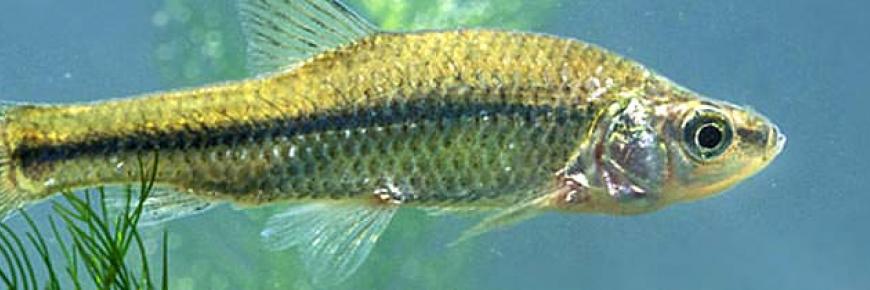The Beetles
Some of you may recognise these two critters – especially as they are both now considered to be high risk quarantine pests in Europe. But can you tell the difference? And more importantly, would you recognise their larvae?

When talking of invasive non-native species, it is often said that the increased trade and travel between different countries is responsible for a large number of invasions. The case of the Cirtus Longhorn Beetle (Left) and Asian Longhorn Beetle (Right) are a perfect examples of this.
Once only found in the countries of South East Asia, these two invasive beetles are now found in America, Canada and several countries in Europe. And how did they get there? Why, on wood of course!
The Cirtus Longhorn Beetle (CLB) and Asian Longhorn Beetle (ALB) are wood borers. Larvae of both species are laid beneath the bark of a tree. Once they hatch, these larvae create a feeding gallery within the tree, tunnelling through the vascular system and causing extensive structural damage. Once they’ve fed sufficiently, they emerge as adult beetles through tiny holes, leaving the tree to suffer irreversible and often lethal wounds.
Since 1921, incidents of these two species appearing in wood imports have steadily increased, mirroring the increasing market for exotic trees and products. Both larvae and adults have been found to arrive from Asia on Bonsai, Acer and maple trees. If undetected, these new arrivals could spread and begin to infest native populations of trees across Europe.
Currently the ALB is known to be established in the following European countries: Austria, France, Germany and Italy. With the CLB found in: Italy, France and the Netherlands. This means the RINSE region is already affected!
This is a major cause for concern for the forestry industry who are currently fighting a losing battle against other invasive tree pests such as Ash dieback. Both species have proved to be expensive, in terms of the damage they cause but also attempted eradication costs. In the USA, eradication campaigns have reached the price tag of $800 million.
What can we do?
As with many invasive species, early detection is the key. It is impossible to suggest ceasing all international trade in wood. However, if we can identify these species as soon as they arrive and quarantine them, we can prevent any further invasion. So take a good look at these critters are keep your eyes peeled!
References:
Haack, R. A., Herard, F., Sun, J., Turgeon, J. J (2010). Managing Invasive Populations of Asian Longhorned Beetle and Citrus Long Horned Beetle: A Worldwide Perspective. Annual Review of Entomology 55: 521 – 46
Image Credits:Cirtus Longhorn Beetle (Iwatebud), Asian Longhorn Beetle (OhanaUnited)

